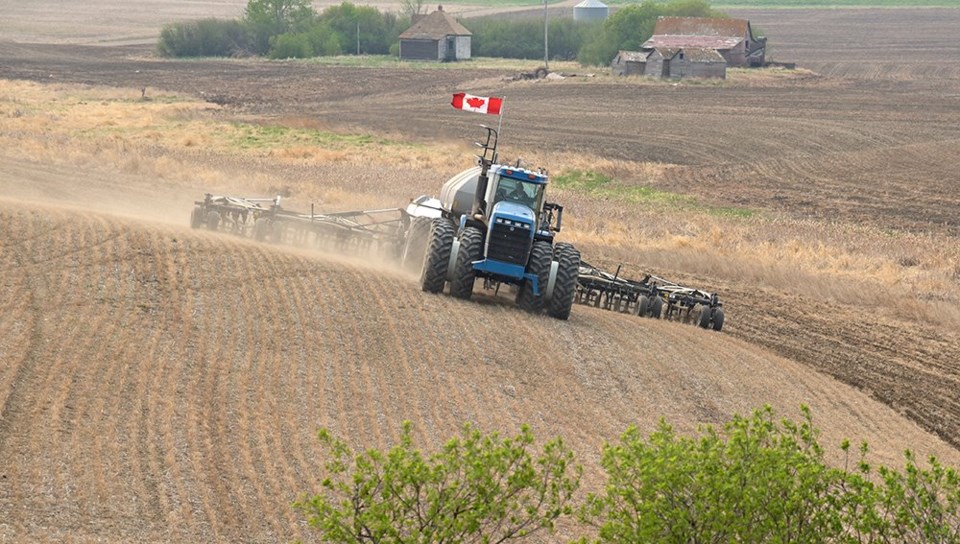ASSINIBOIA - There was no widespread rainfall this week across the region and producers have stated they are getting tired of how localized the rains have been and hope they will receive some rain soon. Crops in the southwest are struggling to continue through the drought conditions experienced in several parts of the region, with pastures taking the harshest beating.
In the southwest, 88 per cent of the fall cereals, 70 per cent of the spring cereals, 70 per cent of the oilseed crops and 75 per cent of the pulse crops are at their normal stages of development for this time of year.
Crop conditions range from fair to good in the region, with 49 per cent of the spring wheat, 54 per cent of the durum, 43 per of the canola and 55 per cent of the lentils being in good condition at this time.
There were no large rain showers this week in the region as precipitation was localized and very minimal; however, the Cabri area received 23 mm. The Leader area received 14 mm, the Eyebrow area 10 mm, the Webb area 9 mm and the Limerick area five mm. In order to improve crop, pasture and hay growth the southwest needs a multi-day soaker that will gradually recover the soil moisture.
Moisture conditions are declining in the southwest region due to limited rainfall, relentless wind, and warm days. Cropland topsoil moisture is rated as 43 per cent adequate, 44 per cent short and 13 per cent very short. Hay and pasture land topsoil moisture is rated as 45 per cent adequate, 32 per cent short and 23 per cent very short.
Haying has barely begun in the region. Three per cent of the hay crop has now been cut and less than one per cent has been baled or put into silage. Hay quality is rated as zero per cent excellent, 51 per cent good, 20 per cent fair and 29 per cent poor. Farmers have reported that limited rain at the start of the season has led to shorter hay crops and pasture and they are expecting very low hay yields.
The majority of crop damage this week was from wind, hail, drought, insect pests and gophers. Producers are doing their best to control the insect pests and gophers that are eating up large portions of their fields, but spraying has been hampered for some due to windy conditions. Some producers are also spraying fungicide on crops that are now dealing with disease.




